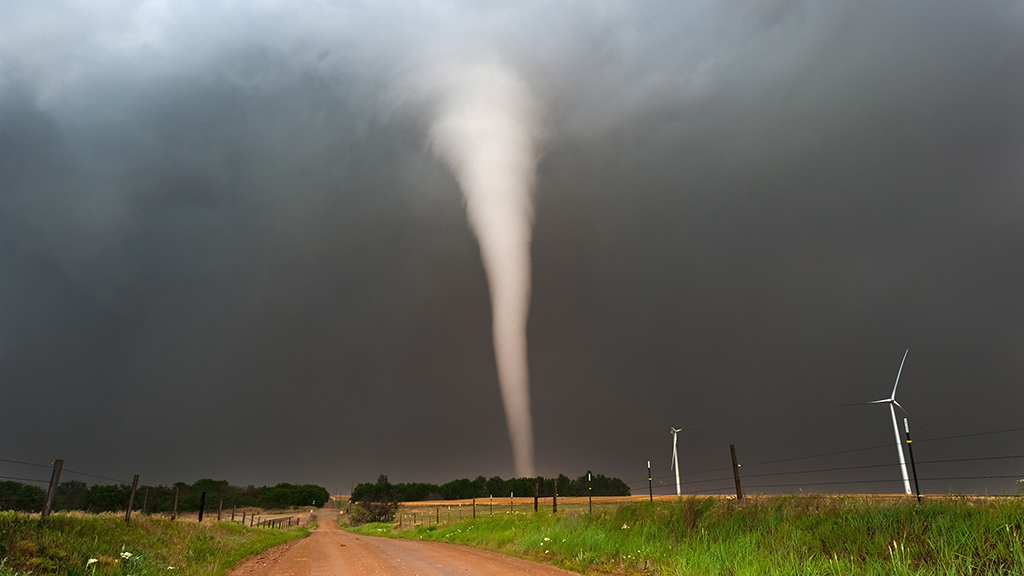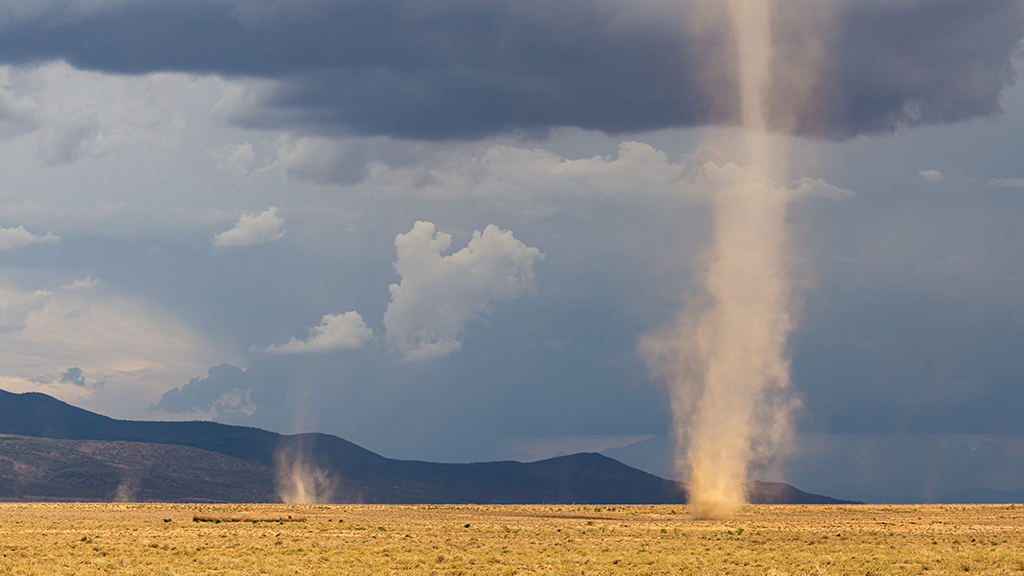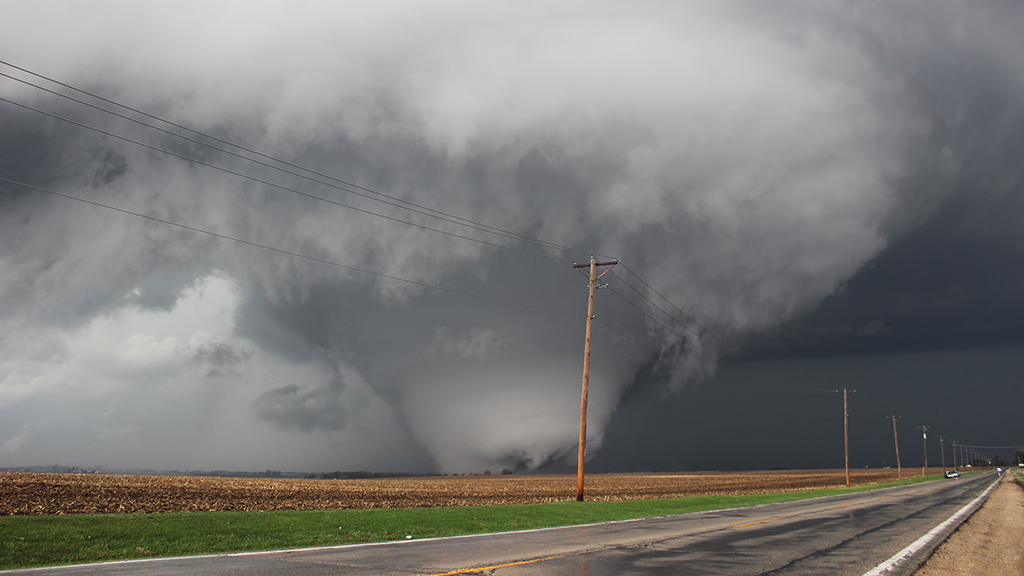Hurricane Milton, which swept across the Florida peninsula, left behind a trail of destruction, including a prolific tornado outbreak that has captured the attention of meteorologists. The number, intensity, and duration of these tornadoes have made the Milton event a historic one.
A Record-Breaking Number of Tornadoes

The tornado outbreak associated with Hurricane Milton set a new state record for the number of tornado warnings issued in a single day. While the final count may fluctuate as surveys continue, it’s clear that the storm spawned an unusually large number of tornadoes.
While Milton didn’t rank in the top five hurricanes for tornado production, the twisters it spawned were exceptionally strong. At least three of the tornadoes were classified as EF3s, a significant intensity level. This is in contrast to other hurricanes, which typically produce weaker tornadoes.
Deadly Outbreak
One of the EF3 tornadoes generated by Milton was responsible for six deaths, making it the deadliest hurricane-spawned tornado in Florida history. This tornado ripped through a retirement community near Port St. Lucie, causing widespread damage and loss of life.
Long-Track Tornadoes

Another remarkable aspect of Milton’s tornadoes was their length. Several of the twisters remained on the ground for an extended period, with some traveling more than 20 miles. This is unusual for hurricane-generated tornadoes, which typically have shorter lifespans.
Contributing Factors
Several factors contributed to the severity of the tornado outbreak associated with Hurricane Milton:
- Atmospheric Conditions: The specific atmospheric conditions during Milton’s passage were conducive to tornado formation.
- Hurricane Intensity: While Milton wasn’t a particularly strong hurricane, it was powerful enough to generate significant tornadoes.
- Geographic Location: The storm’s path over Florida, a region known for its potential for severe weather, also played a role.
The Impact on Florida

The tornado outbreak had a significant impact on Florida. In addition to the loss of life, the tornadoes caused widespread damage to homes, businesses, and infrastructure. The state’s tornado count for 2024 was significantly elevated due to this event.
Lessons Learned
The Milton tornado outbreak serves as a reminder of the severe weather risks that can accompany hurricanes. It highlights the importance of preparedness, early warnings, and the need for continued research into tornadoes and their formation.
The tornado outbreak associated with Hurricane Milton was a historic event that showcased the destructive power of nature. While the exact number and intensity of the tornadoes may continue to be refined, it is clear that this storm will be remembered for its significant impact on the Pacific Northwest.